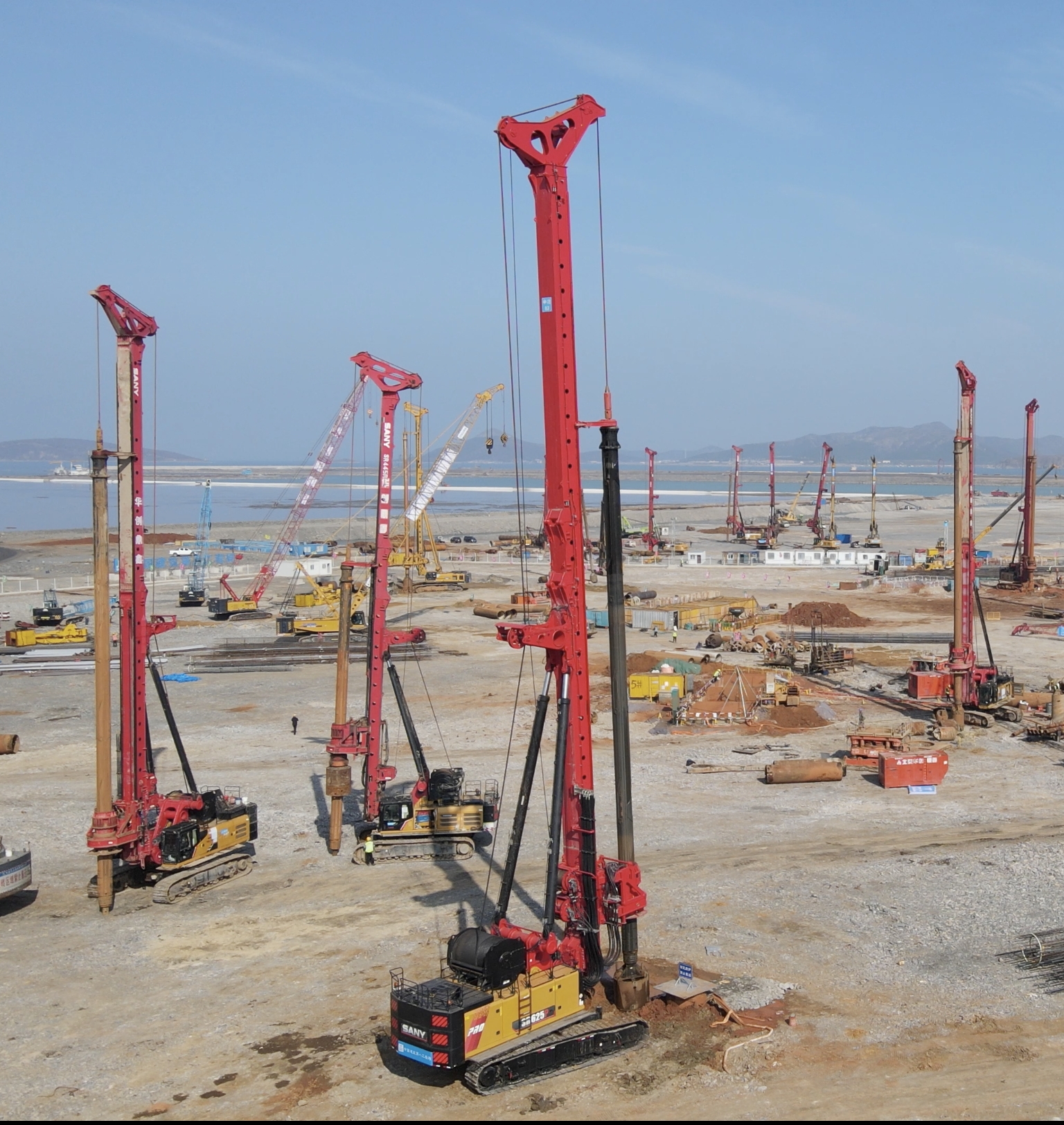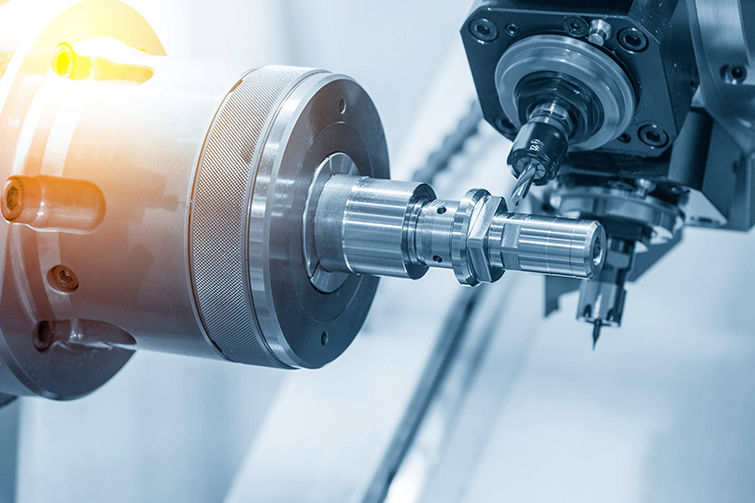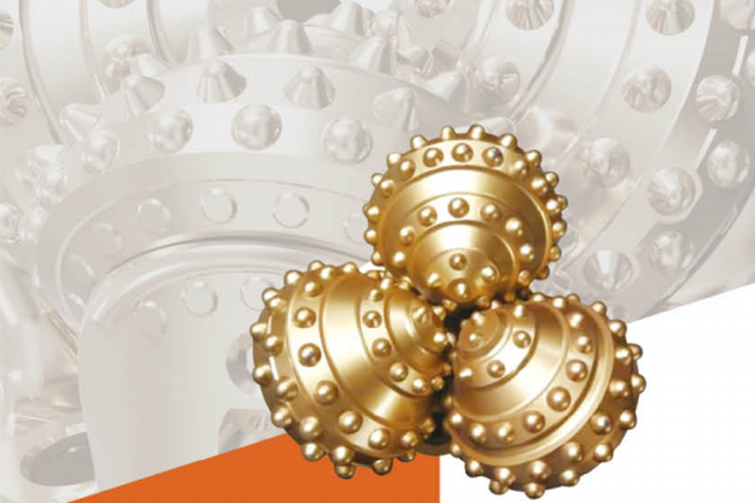

Innovations in Durable and High-Wear-Resistant Materials: A Technical and Commercial Perspective

Introduction to Durable and High-Wear-Resistant Materials
In the realm of material science, durable and high-wear-resistant materials stand out for their ability to withstand extreme conditions without significant degradation. These materials are pivotal in industries where longevity and reliability are paramount.
Technical Specifications and Innovations
Recent advancements have led to the development of materials with enhanced wear resistance and durability. For instance, the integration of nanotechnology has allowed for the creation of surfaces that can self-repair minor damages, significantly extending the material's lifespan.
Commercial Applications and Value
The commercial value of these materials cannot be overstated. Industries such as aerospace, automotive, and construction benefit immensely from their application, leading to reduced maintenance costs and improved safety standards.
Focus on a Niche: Aerospace Applications
In the aerospace sector, the demand for materials that can endure the harsh conditions of space travel is critical. Here, high-wear-resistant materials are used in the construction of spacecraft exteriors, ensuring durability against micrometeoroid impacts.
Future Prospects
The future of durable and high-wear-resistant materials looks promising, with ongoing research focused on enhancing their properties and discovering new applications. This continuous innovation is expected to open up new markets and opportunities.
Frequently Asked Questions
What makes a material high-wear-resistant?
A material's wear resistance is determined by its ability to resist surface degradation caused by mechanical actions such as rubbing, scraping, or erosion.
How do durable materials benefit the automotive industry?
In the automotive industry, durable materials reduce the frequency of part replacements, lowering costs and improving vehicle reliability and safety.








